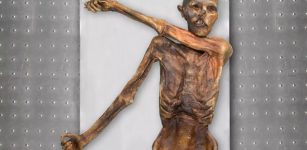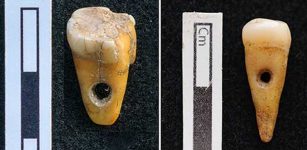A 5,000-Year-Old Silver Mine In Thorikos, Greece – Widest Underground Network Investigated
MessageToEagle.com – The team of mining archaeologists, using a drone to locate, has just discovered a complex network of galleries, shafts and chambers, at the foot of the Mycenaean Acropolis of Thorikos (Greece).
Researchers investigate a 5,000-year-old silver mine, the widest underground network explored in this part of the Aegean world.
Approximately 5 kilometers of subterranean conduits have been explored and surveyed.
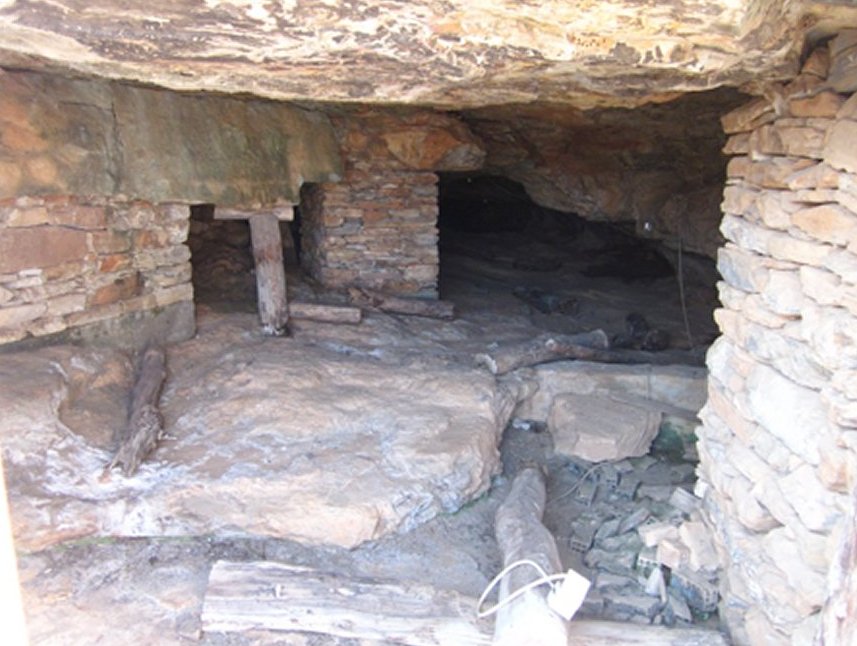
“Today, it is difficult to imagine the extreme conditions in which the miners had to work in this maze of galleries. A smothering heat reigns in this mineral environment,” said Denis Morin of the University of Lorraine said in a press release.
“The progress of the underground survey requires a constant vigilance in this stuffy space where the rate of oxygen must be permanently watched. Tool marks on the walls, graffiti, oil lamps, and crushing areas give evidence of the omnipresent activity of these underground workers…”
The hardness of the bedrock shows the extreme working conditions of these workers, for the greater part slaves, sentenced to the darkness and the extraction of the lead-silver ore.
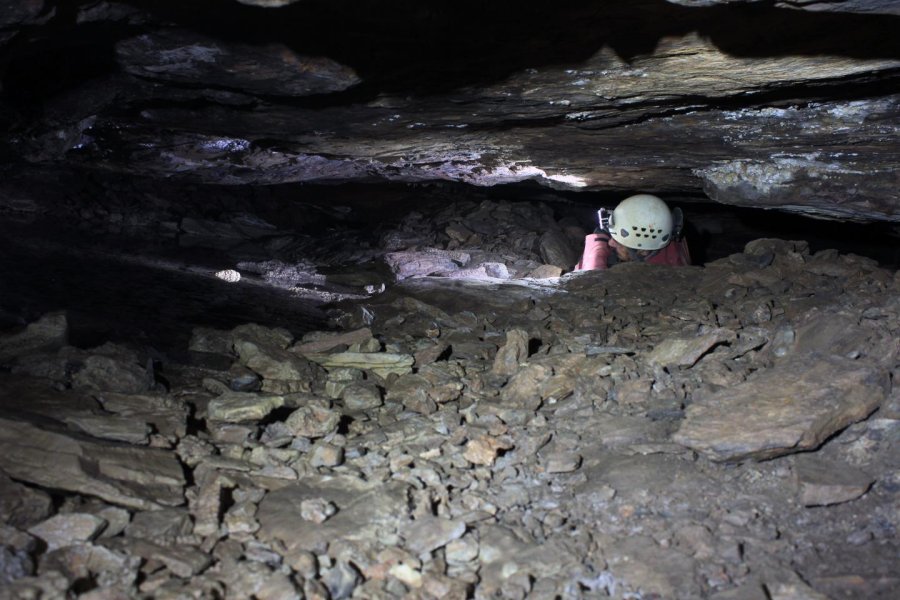
“Mapping these cramped, complex and braided underground networks, the ramifications of which are sometimes located at several levels, represent a real challenge in scientific terms”.
Until now, archaeologists discovered pottery, stone hammers made of a volcano-sedimentary rock quarry, which point towards a high dating for the earliest phase of mining activities in the area (Late Neolithic / Early Helladic: around 3200 BC).
Fragments of pottery and oil lamps, and even a Greek inscription engraved on a wall, testify to the activities in this period. Conduits cut with pointed tools, of quadrangular shape, cutting of the rock in successive stages, such are the characteristics of these particularly well organized mining works.
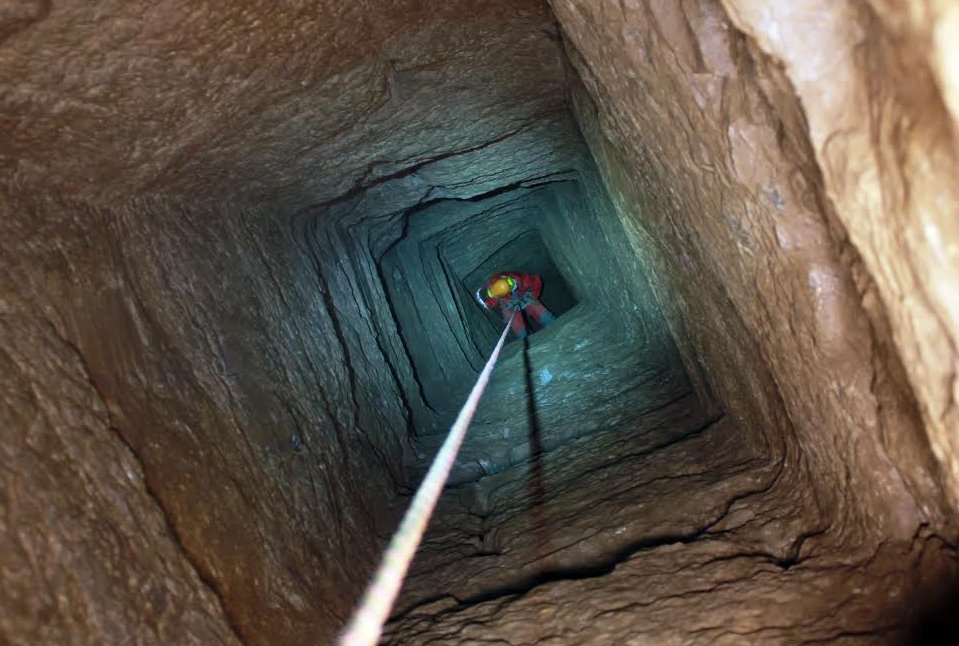
A complex network of galleries and mining infrastructure show the physical capacities and skills of the ancient miners to exploit these complex ore deposits and to assure ore dressing activities outside the mine from the Prehistory on.
It testifies to a deliberate strategy and to perfect technological and spatial control over the process: an exceptional concentration of means to extract silver and a sophisticated technical system that in its scale is unique within the ancient world.
Already exploited since the 4th / 3rd millennium BC, by the 5th and 4th centuries BC these silver mines constituted the most important mining district of Greece, laying at the basis of Athens’ domination of the Aegean world.
MessageToEagle.com
source: Eurekalert/Ghent University








